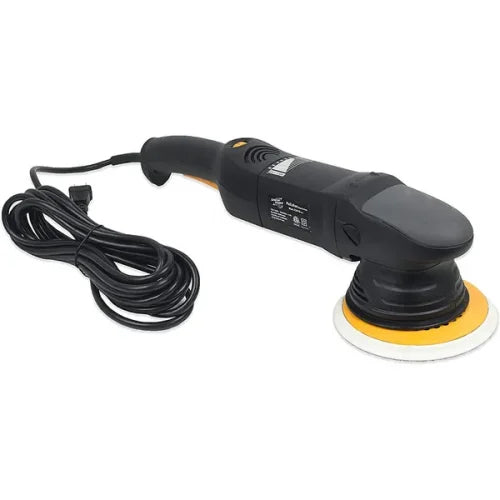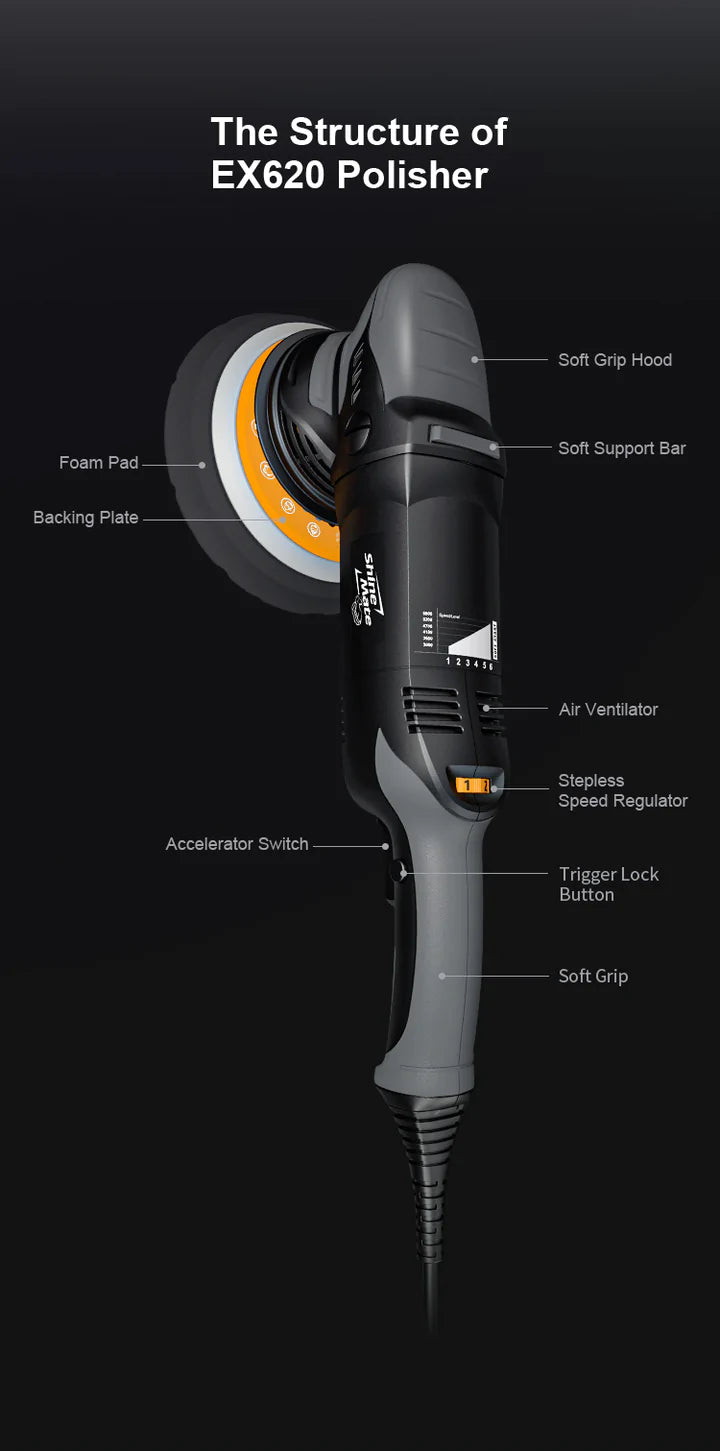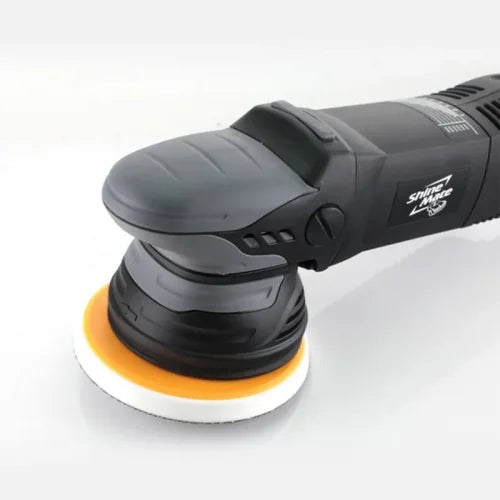Not everyone in the automotive parts is equal. Old broken components must be substituted with fresh ones in the case of a crash fix. Generally, customers choose OEM pieces, but their choices don’t always realize before time.
Three separate pieces can replace the affected one. The consistency of the fix will be affected with any use. The following are three types: 1. OEM 2. Aftermarket 3. LKQ.
OEM
The first kind is a manufacturer of original equipment. The original designer of your automobile produces OEM parts exclusively for your car. So the OEM portion would come from Ford if you drive a Ford. With OEM, the component should work precisely as the portion replaced and have a fit and purpose for consistency. Look here for the car rubbing compound at best offer prices.
Aftermarket
Everyone but the vehicle manufacturers aftermarket components. They may either be a direct substitute or alter the way the vehicle works or appears. There is a wide variety and also a wide number of quality suppliers for these components. The CAPA (Certified Automotive Parts Association) non-profit organization examines and tracks aftermarket items. Post-market parts are the least costly, so they do not need to spend on R&D.
LKQ
Like, Kind and Quality stand for LKQ. These are recycled components, and the consistency and price differ greatly. They are OEM in technological terms, but due to past damages or issues with paint mixing, they will present several difficulties.
Used parts may perform and car manufacturers’ parts, although others have fitness and functionality issues across brands. See here medium cut foam pad for car polishing here at best great value prices.
Technicians are interested in the 3 F’s when selecting a part:
Fit:
It is what the component would lay on the car like. Many pieces either have to click on or squeeze into position.
Function:
The new component must function of the same quality as the old part until it was destroyed. A plus side is that a new component could exceed the new part’s quality if upgraded. The negative side of a cheaper component could jeopardize functionality.
Finish:
It ensures that the component seems to be part of the vehicle and not an add-on to the thumb.
Most car body businesses want to deal with OEM components because they have reached and, frankly, meet easier the Federal Motor Vehicle Safety Standards. But if the price is a problem, the automotive specialist would recognize that trustworthy retailers help maintain budgetary maintenance.
On the other side, the insurance provider can order just a certain portion of it to pay for. You will also afford the difference for OEM components if only aftermarket components are charged. Also you can buy from this given link car wax & sealant coating for car care.





